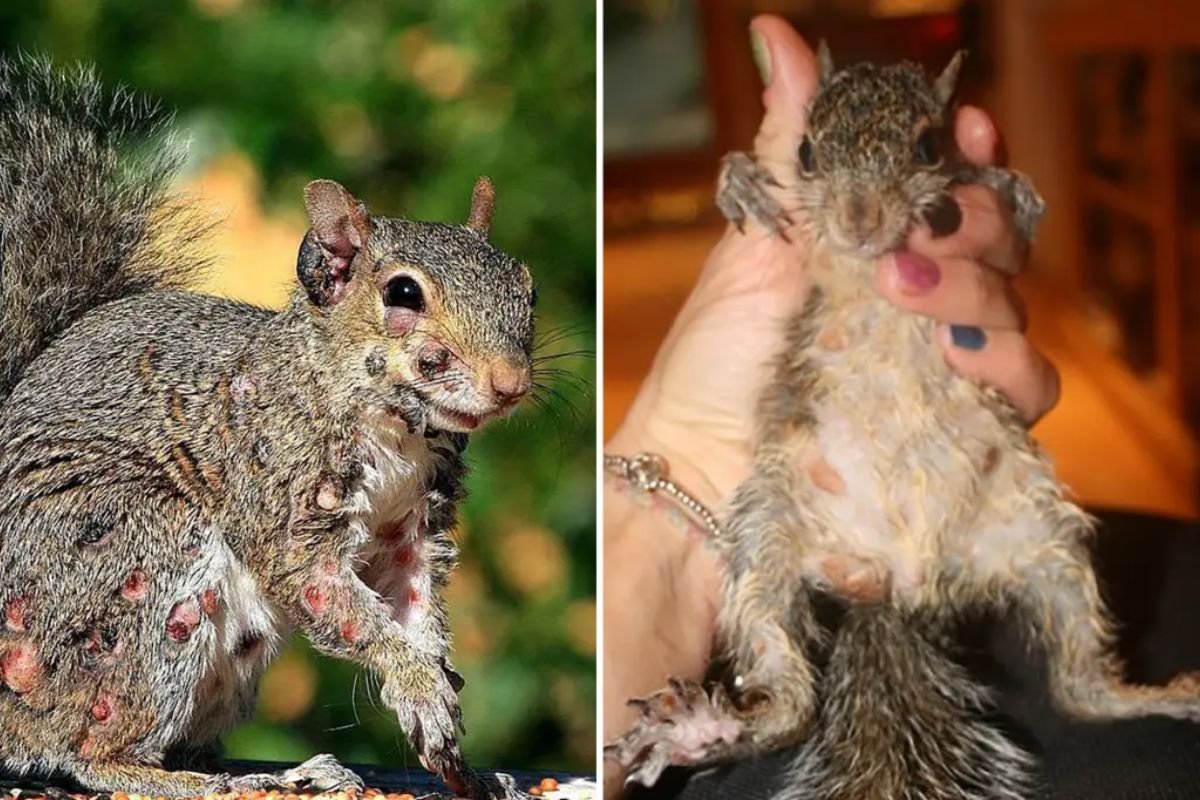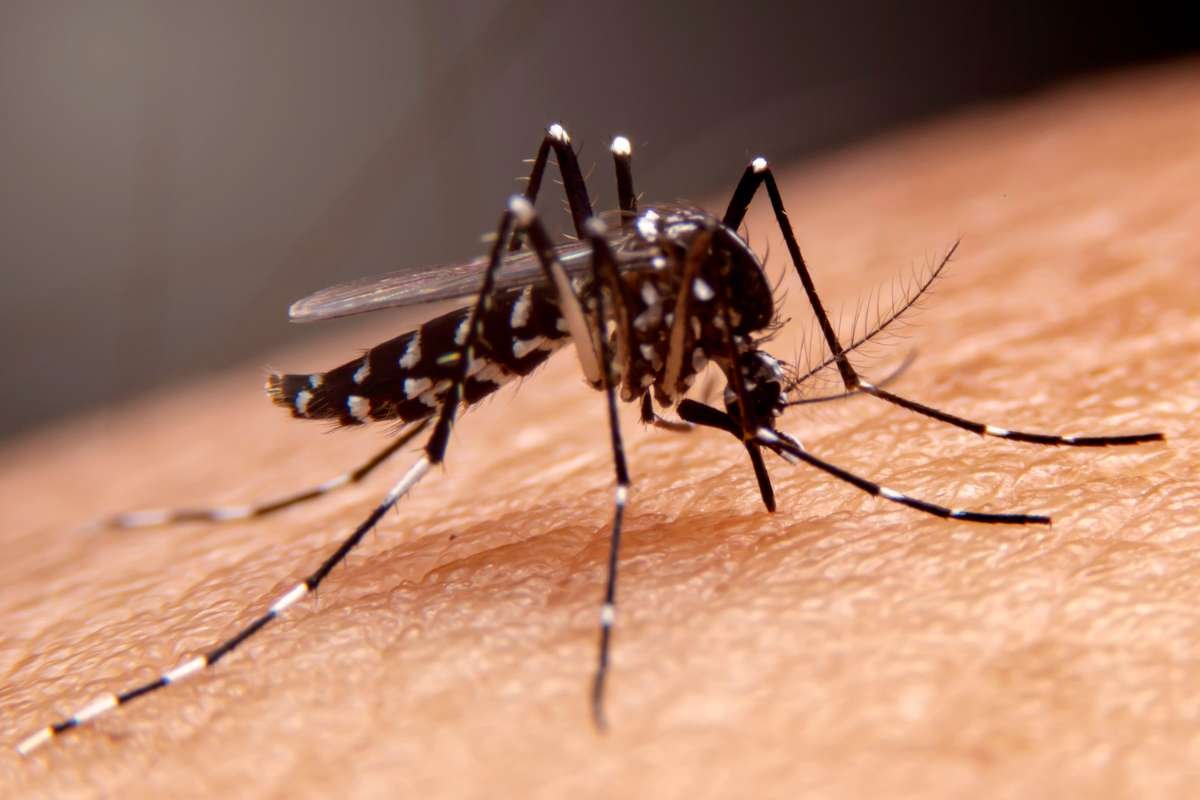Squirrels covered in pus-filled, wart-like tumors have been spotted moving through backyards across the United States in recent months, alarming homeowners and sparking viral discussions online. The affected gray squirrels, seen in states such as Maine and reported across parts of Canada, appear with oozing sores, bald patches, and grotesque growths on their faces and limbs.
Reports of these unusual animals, quickly dubbed “zombie squirrels” on social media, date back to mid-2023. However, sightings appear to have surged this summer, with many residents sharing images and videos on Reddit and X, according to the Daily Mail.
“At first I thought it was eating something from my front beds, but then I realized it was on its face,” one Reddit user posted after spotting a squirrel with a tumor-like growth around its mouth.
Experts Identify Viral Skin Disease
Despite the unsettling appearance of these animals, wildlife experts say the phenomenon is most likely caused by squirrel fibromatosis, a viral skin disease triggered by the leporipoxvirus. The disease produces wart-like tumors that may ooze fluid. In most cases, the condition clears up on its own within four to eight weeks.
Shevenell Webb, a wildlife biologist with Maine’s Department of Inland Fisheries and Wildlife, told the Bangor Daily News that the squirrels pose no risk to humans, pets, or birds.
“It’s like when you get a large concentration of people,” Webb explained. “If someone is sick and it’s something that spreads easily, others are going to catch it.”
The virus spreads primarily through direct contact, either from the saliva of an infected squirrel or from contact with open lesions. Shared food sources, such as bird feeders, may also contribute to local outbreaks. When zombie squirrels leave saliva or fluids on uneaten seeds, healthy squirrels risk exposure.
The illness is often confused with squirrelpox, a similar but more severe condition seen primarily in the United Kingdom, where it has been particularly deadly to red squirrel populations.
No Threat to Humans, but Caution Urged
Although the so-called “zombie squirrels” may appear frightening, experts urge residents not to interfere with the animals. Webb warned against trying to capture or treat an infected squirrel, noting that the disease is naturally occurring and typically runs its course without human intervention.
“Like a lot of people, I love watching birds,” Webb said. “Unfortunately, you can attract multiple squirrels to that feeder and risk exposure if one has the virus.”
The Maine Wildlife Agency recommends that residents keep their distance and allow the animals to recover on their own. In extreme cases, where tumors spread internally or become too large, the condition can be fatal to the animal. However, most zombie squirrels eventually heal without lasting effects.
Other Unusual Wildlife Diseases Emerging
The squirrel outbreak is not the only recent example of viral infections affecting wild animals. In Colorado this month, officials reported a separate virus causing cottontail rabbits to develop black, horn-like growths on their heads. Known as cottontail papilloma virus or Shope papilloma virus, the condition has been dubbed “bunny blight” and can result in grotesque tumors that interfere with the animal’s ability to eat.
Like squirrel fibromatosis, the rabbit disease does not threaten humans directly but underscores the unpredictable ways viruses affect wildlife populations.
For now, experts emphasize that residents should avoid panicking over the appearance of “zombie squirrels.” While their disfigurements may be unsettling, the animals are not a danger to people or pets. Instead, scientists view the outbreak as a reminder of how quickly diseases can spread through concentrated wildlife populations, especially in urban or suburban environments where humans often attract animals to shared feeding sites.
Visit The Lifesciences Magazine For The Most Recent Information.







